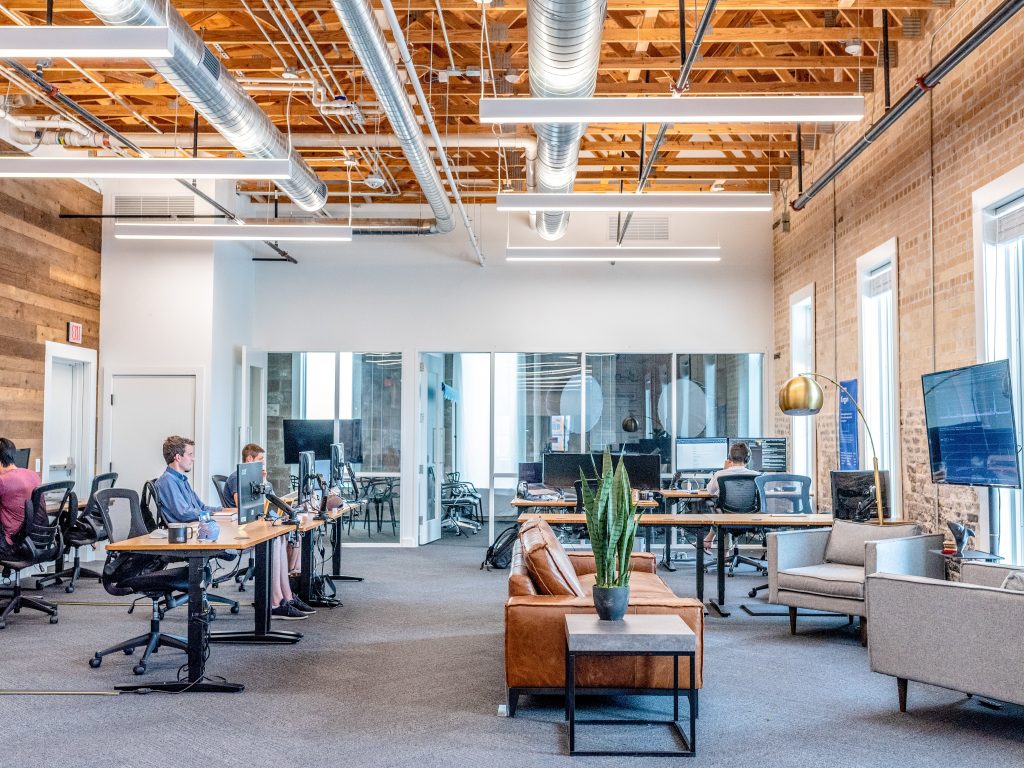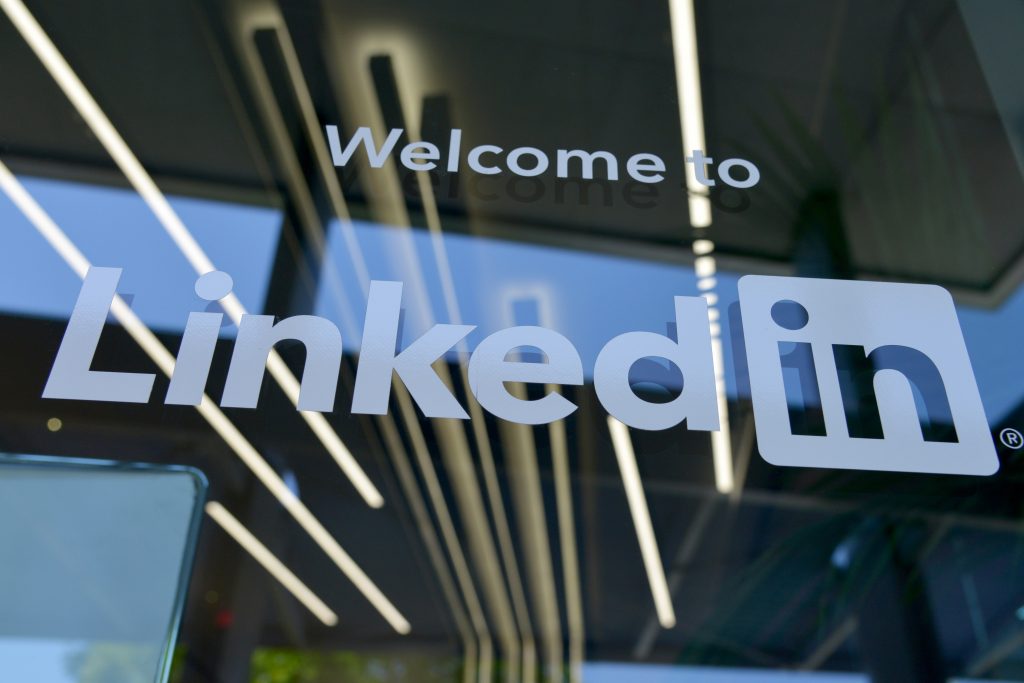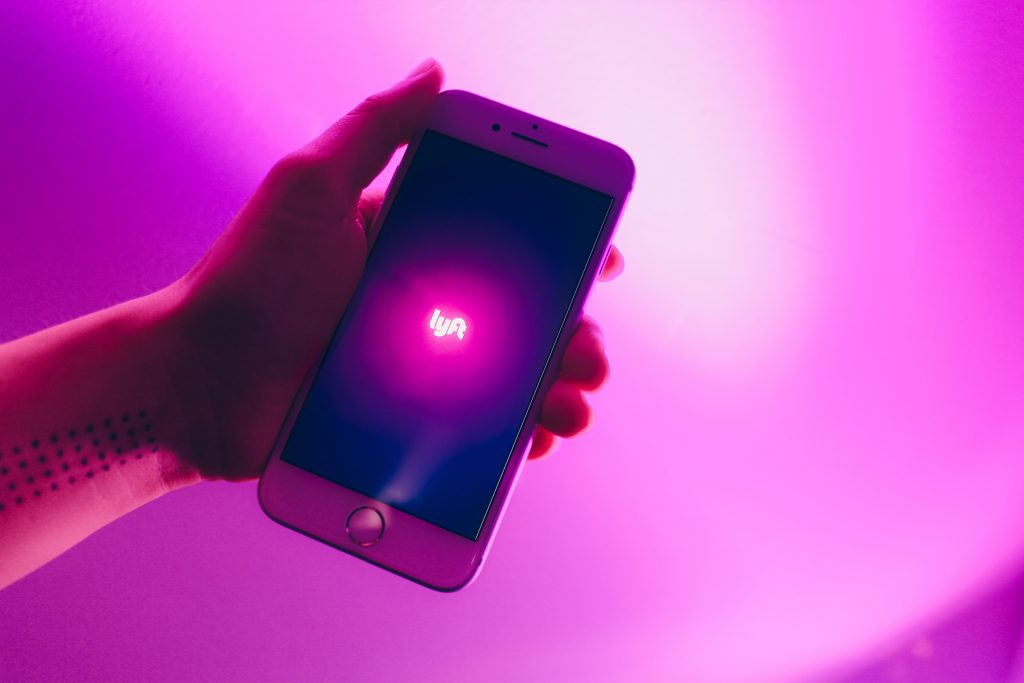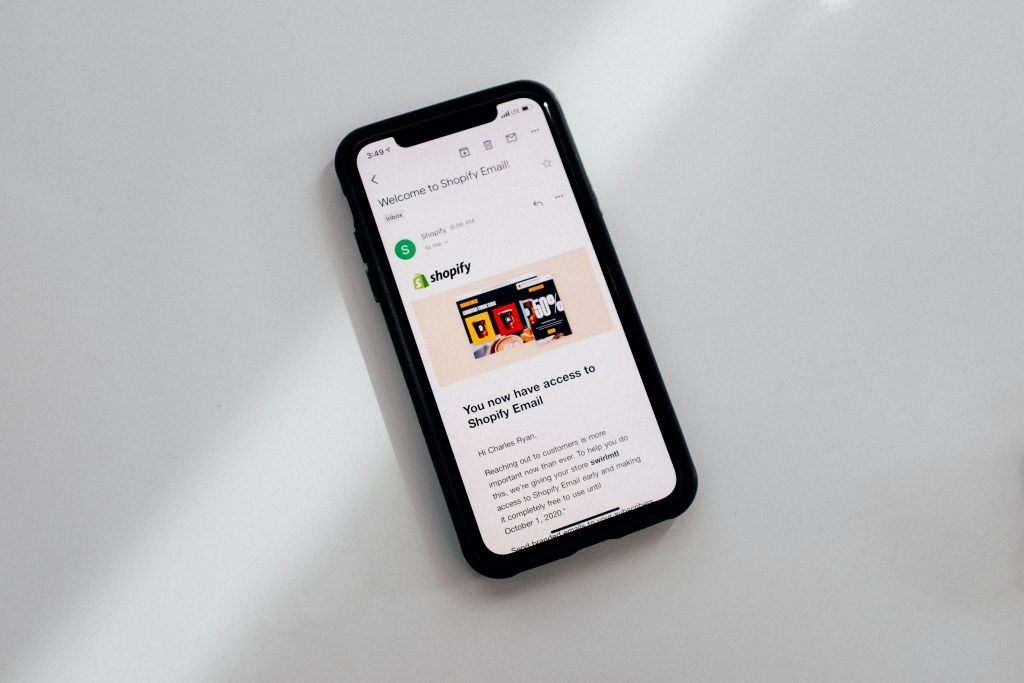What is the Hybrid work model, and how did it benefit these companies?

The onset of the coronavirus changed how we look at the traditional way of working. Now, setups like the hybrid model gained popularity with companies adopting them or have gone for a complete remote structure.
However, what is the difference between the two? The hybrid work setup is a model of work wherein employees have the option to work from both on-site locations like their offices and offsite areas like their homes. On the other hand, remote does not have a choice to go on-site, which was the norm when the coronavirus was strong and ravaged the world.
Now that we have differentiated the two. Let us now discuss the benefits of having a hybrid work model in your company.
Increase in social relations
The hybrid work model can let employees foster good relationships with their co-workers. On-site activities promote collaboration and let them feel that they are a part of the work culture.
Virtual meetings and calls, albeit the norm, can quickly cause fatigue and burnout if there is an abundance. It can also lead to miscommunication due to not being on-site; lacking the opportunity to inquire quickly for clarifications.
Improvement of work-life balance
With a hybrid setup, workers can have the best of both worlds. With having an all-remote model, they ran the risk of isolation due to not having the ability to socialize, thus possibly lowering their performance level. A hybrid setup is perfect for people like them.
Commuting is one of the biggest hurdles of an all-office structure. But a hybrid model reduces the commuting from the office to their home by a large percentage, reducing their daily stress, which increases their productivity.
Increase of applicants
The pandemic changed the mentality of workers so that they now focused more on well-being than ever before. With a hybrid setup, potential applicants will be enticed to join your business since this setup allows for a significant amount of freedom for them.
The best benefit that an Employer of Record can give your company is providing you employees from your desired country without the hassle and complex systems of laws and regulations.
Asda is a supermarket chain in the United Kingdom known for being in the “Big Four” of the country’s supermarkets. However, in June of last year, the corporation decided to introduce a permanent hybrid working model for their office staff to lessen close contact during the coronavirus.
Their model termed “work where it works” features a system where staff can choose the best area to perform their assignments. Employees whose assignments are suited to work in the office are anticipated to work there. Examples are workers that need collaborative work and conduct training.
Even with this hybrid setup, the company had tremendous gains last year with a 42% growth rate. Alongside the growth rate, they have been eyeing to top Sainsbury, the second biggest supermarket in the United Kingdom. A considerable attribute of the growth is the coronavirus, but even recently, they have had the means to drop their prices this year by investing over $93.4 million.


Last year, LinkedIn announced that they would have a new hybrid work setup that involves having their employees the freedom to choose if they will opt to work in their offices or remotely.
The setup they have made calls for the managers’ decisions to discuss what works best for the workers.
They embraced the idea that trusting their employees is the key to a successful operation of the new setup.
Brett Hautop, the Vice-President of Workplace at LinkedIn, stated that a critical aspect of a hybrid structure is providing the workers with things that they cannot access at their home or remotely. Born from this idea are concepts that they have been brainstorming. Some are “flex zones” where it accommodates movable walls as a marker-board with digital capture technology. With this kind of a workspace, employees can have intensive brainstorming and quickly be removed due to the capturing method and be reusable next week. Another is “deep focus areas” built like libraries for concentration and quiet time if workers are unable at their homes.


In April of 2022, Pinterest announced that they would opt for a “work from anywhere” model coin as PinFlex.
The system lets its employees choose where to work. They even have the benefit of picking any Pinterest office of their choosing.
For team assignments, a Pinterest office visit is mandatory. However, employees who traveled more than 70 miles from the gathering’s location benefit from covered travel expenses.
Even with the flexibility offered by the company, all employees must still visit their offices at least once a year to participate in building their company culture.


Lyft announced in March of 2022 that they would get rid of their mandatory office setup and instead be more flexible with their employees and use a hybrid structure.
One of the core reasons is that the mandatory in-office days, as stated by Kristin Sverchek, Co-Founder & President of Business Affairs at Lyft, failed to be efficient. It lacked consideration for employees whose needs are better suited for remote work. Furthermore, as Sverchek stated, it often became arbitrary.
The structure provided substantially aids their employees as they employ 5,000 across the United States. It also eases the burden that managers experience since mandatory in-office may jeopardize their productivity by jumping from one setup to another without their full eagerness.


Shopify started as a company that has a structure of all-office. However, the coronavirus was not the first reason why they decided to do a hybrid setup, but it was to satisfy their customer support department. Due to the rising international clients, the company had to give more “graveyard shifts” to their workers, increasing dissatisfaction, thus solving it by letting them work from home.
With years of experience in the hybrid setup, Shopify notes down some critical aspects for a successful structure. One is functional home office setups. Companies should not let employees work from kitchen tables or couches but let them work in an environment that provides the necessary structure for sustainability, from ergonomic furniture to guiding employees on their posture and physical well-being.
Consideration for Mental well-being is needed apart from physical well-being. John Riordan, Director of Support, stated to “encourage workers to stop working at the end of the day.” Being accustomed to working for long hours will inevitably increase stress and jeopardize the well-being of workers.
A hybrid setup, if done correctly, significantly aids workers for the better. It lets your company have an image that well-being is a must for anyone who works here.
But for a successful setup, one core value is trust. Trusting your employees that they will do their duties shows that you care and respect them as a worker and an individual. If your company is moving towards a hybrid model and tapping into global talent, it’ll be best to engage a relocation firm that can help you with that.
Global People is a leading local employment solutions provider for national and international corporations and can advise and escort you in your next destination.






